Nikon D40 with AF-S Nikkor 18-55mm 1:3.5-5.6 G II ED
-
-
Written by Gordon Laing
Outdoor scene - Nikon D40 vs Canon 400D / XTi vs Nikon D80 with kit lenses
Nikon D40 Using DX 18-55mm II |
Canon 400D / XTi Using EF-S 18-55mm |
Nikon D80 Using DX 18-135mm | ||
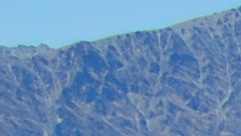 |
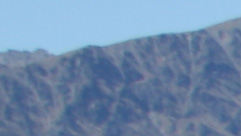 |
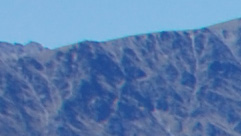 | ||
1/500, f8, 200 ISO |
1/250, f8, 100 ISO |
1/250, f8, 100 ISO | ||
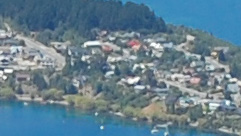 |
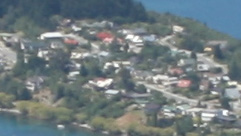 |
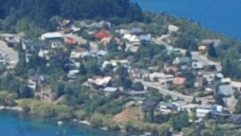 | ||
1/500, f8, 200 ISO |
1/250, f8, 100 ISO |
1/250, f8, 100 ISO | ||
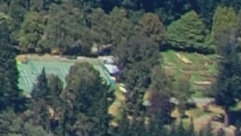 |
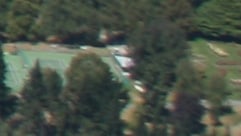 |
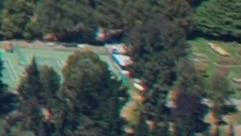 | ||
1/500, f8, 200 ISO |
1/250, f8, 100 ISO |
1/250, f8, 100 ISO |
|
Thanks to its lower resolution sensor, the crops from the D40 above represent a larger area of the original image than those from the Canon EOS 400D / XTi and Nikon D40, but the big question is how much extra detail do the 10 Megapixel models actually resolve in practice? Optical issues with the Canon kit lens aside (more of which in a moment), the 10 Megapixel models don’t actually appear to resolve a great deal of additional detail over the 6 Megapixel D40. If you look very closely at the middle row of crops, there’s certainly a little more detail in the D80 sample, but it’s hardly the night and day difference you might have expected from an extra four Megapixels. The bottom line is 10 Megapixel DSLRs will of course resolve greater detail than the D40, and this is technically illustrated in our studio results on the next page, but in terms of real-life detail there may not be that big a visible difference. Judging by the samples above, the D40 is capable of resolving very fine detail, and it’s kit lens performs well even in the corners when focused at infinity. And remember the D40 samples above were taken at 200 ISO (it’s lowest setting) compared to the 400D / XTi and D80 at 100 ISO. Note: as seen in our other Canon 400D / XTi tests, its kit lens suffers from softness in the corners which is clearly visible on both the mountain range and on the trees in the first and third rows of crops. Both Nikons capture much greater corner detail with their kit lenses. To get the best from the Canon 400D / XTi it should be fitted with a superior lens. | |||||||||||||||
| |||||||||||||||
To evaluate the effect of the D40’s in-camera processing and compression, we recorded a best-quality JPEG followed by a RAW version of the same scene immediately afterwards. The JPEG and RAW files measured 2.86MB and 5.45MB respectively. The RAW file was processed with Adobe Camera RAW 3.7 using the default settings (and ‘As Shot’ White Balance), then transferred to Photoshop with 16-bit tonal depth, before converting to 8-bit then cropping and saving using the same JPEG settings as above. |
Nikon D40 JPEG versus RAW, using DX 18-55mm II | ||
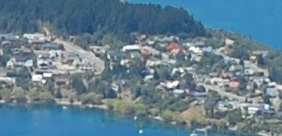 | 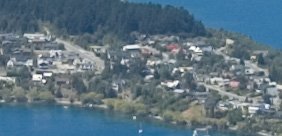 | |
JPEG, 1/500, f8, 200 ISO |
RAW conversion, 1/500, f8, 200 ISO | |
Using the Adobe Camera RAW defaults and ‘As Shot’ White Balance, the processed RAW file exhibits fractionally more detail by avoiding the compression of the original JPEG. There’s not a huge difference though in this particular example, but at least the option to record RAW images is there on the D40 if you want it. Of course as always, different source material, not to mention different RAW converters may deliver different results. |
Outdoor / Resolution / Noise / Noise 2 / Corner sharpness / Fringe & macro / Geometry / Vignetting
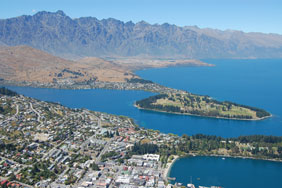 |
To compare real-life performance we shot the same scene with the Nikon D40, Canon 400D / XTi and Nikon D80 within a few moments of each other using their best quality JPEG settings and lowest ISO sensitivity.
To reflect typical usage, each camera was fitted with its most common kit lens option, respectively: the Nikkor DX 18-55mm II, Canon EF-S 18-55mm and Nikkor DX 18-135mm. Each lens was adjusted to capture identical fields of view.
The image left was taken with the Nikon D40 at 26mm f8, with a sensitivity of 200 ISO; the original Large Fine JPEG measured 2.86MB; the Canon 400D / XTi and Nikon D80 images were taken with matching apertures and measured 4.19 and 4.54MB respectively. Note the D40 does not have a 100 ISO setting.
The crops are taken from the upper left, centre and lower right portions of the originals and presented here at 100%.




